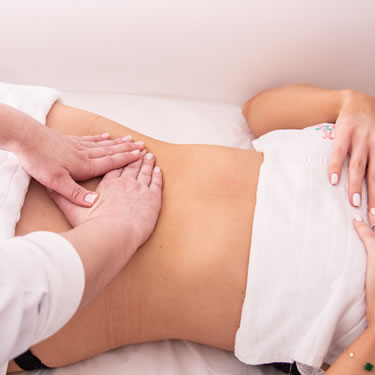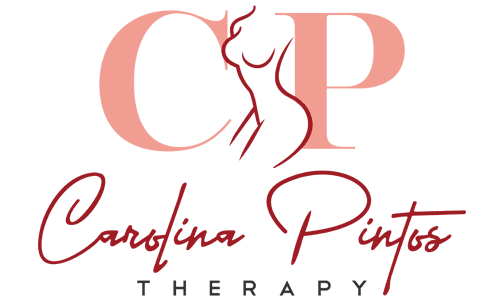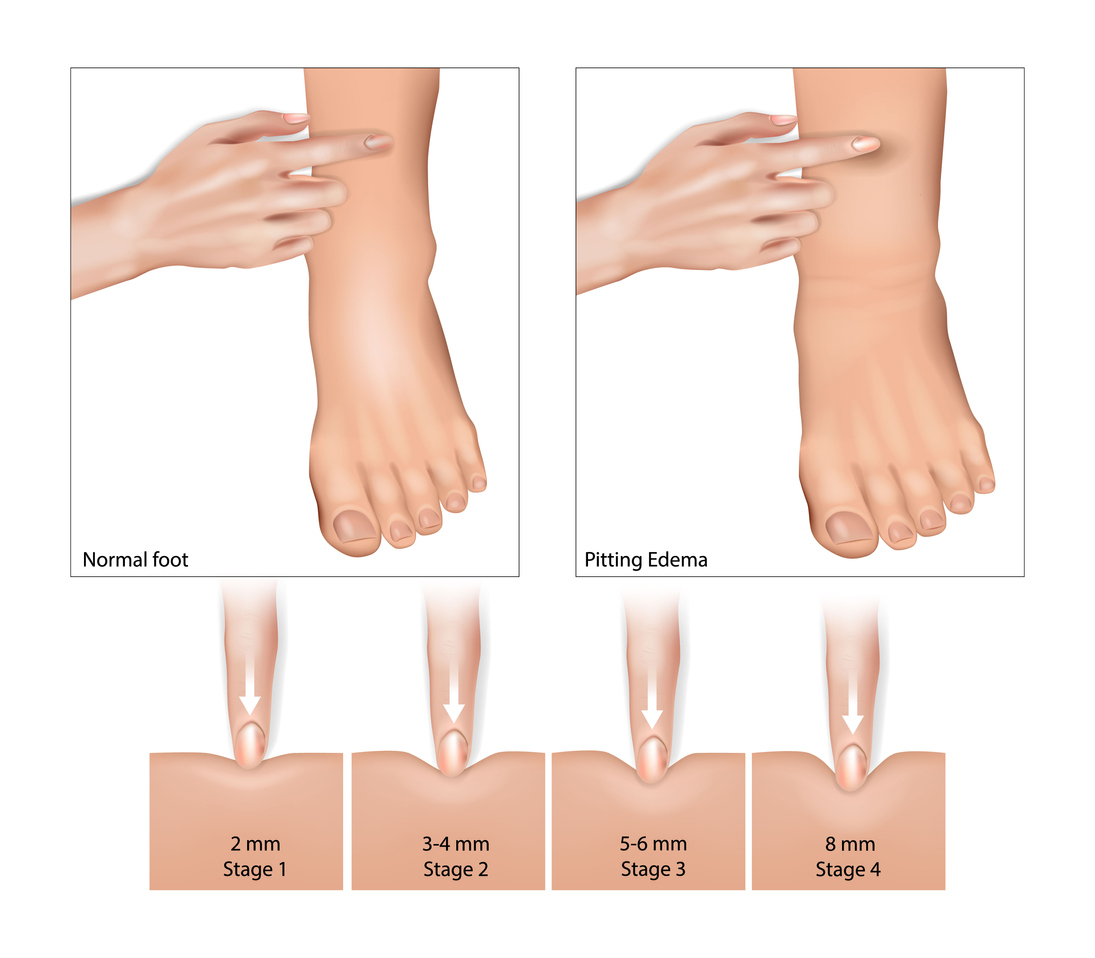Lymphedema Treatment
As Houston’s premier destination for specialized lymphedema care, we bring deep expertise and understanding to manage this complex condition. Our team of highly trained professionals is dedicated to minimizing swelling and providing essential education and resources for symptom management. We specialize in Manual Lymphatic Drainage, Compression Therapy, and Complete Decongestive Therapy, specifically designed for lymphedema patients.

&

Helps With Swelling, Pain, And Discomfort
Improves Mobility And Prevents Future Complications
Includes Education And Self Management Tips
Our Lymphedema Services

Our clinic is conveniently located on the west side of Houston in the Energy Corridor, accessible to those in Katy, Spring, Sugar Land, Bellaire, and other surrounding areas.
Manual Lymphatic Drainage
Unique for Patients With Lymphedema

This unique lymphatic massage technique is tailored for lymphedema management. It aims to stimulate lymph flow around blocked areas, redirecting it to functioning vessels for better circulation. This helps significantly in reducing lymphedema-related swelling and improving lymphatic system functionality.
Manual Lymphatics Drainage Session
713-474-4774
*Get $15 OFF on your 4th visit
with our loyalty program!

Give a Gift of Healing
An eGift card for a lymphatic massage is a thoughtful and effortless way to show you care.
Rewards Program
Earn Points
Join our rewards program and earn a point every time you book an appointment at our clinic.
Earn Discounts
Get $15 OFF after your 4th visit!
Redeem Points
Use your discount immediately, or convert your rewards into gift cards for friends or family.
Praises By Our Patients
What Is Lymphedema?
Lymphedema is a condition that arises due to a malfunction in the lymphatic system, a crucial part of our immune and circulatory systems. This system is responsible for transporting lymph, a fluid containing white blood cells that fight infection, throughout the body. Lymphedema typically occurs when lymph vessels are damaged or lymph nodes are removed, disrupting the normal flow of lymph. This can result in a buildup of this fluid, leading to swelling, usually in the arms or legs.
At Carolina Pintos, we offer comprehensive treatment options for lymphedema, tailored to each patient’s unique needs. Our goal is to reduce swelling, manage symptoms, and improve the quality of life for our patients. Remember, early detection and treatment of lymphedema can significantly improve outcomes and quality of life.
Frequently Asked Questions (FAQ)
Q: Who would benefit most from our lymphedema treatments?
A: Our lymphedema treatments are ideal for those:
- Patients undergoing cancer treatment: Those who have had lymph nodes removed or damaged due to surgery, particularly breast cancer surgeries, which can result in lymphedema.
- Individuals with primary lymphedema: Those born with a condition that affects the lymphatic system, leading to swelling typically in the arms or legs.
- Patients recovering from surgery or radiation therapy: Especially surgeries involving lymph node removal that may disrupt normal lymphatic flow, leading to lymphedema.
- People experiencing chronic swelling: Individuals who have persistent swelling in limbs or other body parts that traditional treatments have not effectively managed.
- Those prone to infections related to severe lymphedema: Such as cellulitis or lymphangitis, which are common complications of untreated lymphedema.
- Individuals looking for non-surgical management options: Those seeking alternative or complementary treatments to manage their condition without further surgical interventions.
- Elderly patients with circulation issues: Older adults who experience lymphatic system inefficiencies due to aging, which can exacerbate symptoms of lymphedema.
- Patients with venous insufficiencies: Those who suffer from conditions such as deep vein thrombosis (DVT) or varicose veins that can also contribute to or exacerbate lymphedema.
Q: What is lymphedema and what are the causes it?
A: Lymphedema is a chronic condition characterized by swelling in certain parts of the body, usually the arms or legs, due to a compromised or damaged lymphatic system. Lymphedema can be primary (congenital or genetic) or secondary (caused by surgery, radiation therapy, infection, trauma, or other factors that damage the lymphatic system).
Q: Is lymphedema curable and can it be prevented?
A: While there is no known cure for lymphedema, it can be effectively managed with proper treatment and self-care to control swelling and prevent complications. While primary lymphedema cannot be prevented, there are measures to reduce the risk of secondary lymphedema, such as proper wound care, infection prevention, and avoiding trauma to the affected limb.
Q: What is the difference between primary and secondary lymphedema?
A: Primary lymphedema is caused by congenital abnormalities in the lymphatic system, whereas secondary lymphedema occurs as a result of damage to the lymphatic system due to external factors.
Q: What is an lymphatic massage like?
A: After an initial consultation, you will undress, lie down on a massage table in the face-up position, covered with proper draping. The atmosphere is the same as a massage treatment room with dim lighting and soft music. Although you are in a massage setting, it is important to understand that a lymphatic massage is a specific form of bodywork designed to efficiently move lymph fluid in your body. Manual Lymphatic Massage (MLD) is completely different from deep tissue, Swedish, or relaxation massage that you may be expecting or have had in the past. Stimulation of the Lymphatic System activates the parasympathetic nervous system producing an automatic physiological relaxation response. Many clients fall asleep. Gentle, rotating, pumping motions with the therapist’s hands and fingertips begin at the collarbone area, then focus on areas where there is a concentration of lymph nodes (the underarms, abdomen, groin, and back of the knees). The session always starts face-up position because most of the areas of lymph nodes that need to be decongested are located on the front of the body. It is very important to decongest the areas of drainage in the groin, abdomen, underarms, and collarbone areas before sending extra lymph fluid to them.
Q: What are the symptoms of poor lymphatic drainage?
A: The following are symptoms of poor lymphatic drainage: Tiredness, insomnia, swelling in the arm or leg (including fingers or toes), a feeling of heaviness or tightness, restricted range of motion, recurring infections, and hardening or thickening of the skin (fibrosis).
Q: What are the symptoms of lymphedema and how is it diagnosed?
A: Symptoms may include swelling, heaviness or tightness in the affected limb, decreased flexibility, recurrent infections, thickening of the skin, and discomfort. Lymphedema is typically diagnosed based on medical history, physical examination, and evaluation of symptoms. Additional tests such as lymphoscintigraphy or bioimpedance analysis may be used for confirmation.
Q: What are the stages of lymphedema?
A: Lymphedema is often classified into four stages based on the severity of swelling and tissue changes. The stages range from mild to severe.
Q: How is lymphedema treated?
A: Lymphedema treatment typically involves a combination of approaches to manage the condition effectively. This comprehensive approach includes manual lymphatic drainage (MLD), a specialized massage technique that promotes the flow of lymph fluid and reduces swelling. Compression therapy, using garments, bandages, or pumps, applies constant pressure to the affected limb, facilitating the movement of lymph fluid. Personalized exercise programs improve lymphatic flow, mobility, and overall well-being. Proper skincare and self-management techniques, such as elevation, hygiene, and adhering to recommended routines, are crucial for preventing complications.
Q: What is Complete Decongestive Therapy (CDT) like?
A: Complete Decongestive Therapy (CDT) is a comprehensive and highly effective treatment approach for lymphedema. It typically involves several components combined into a structured program. The first phase of CDT includes manual lymphatic drainage (MLD), a specialized massage technique that stimulates lymphatic circulation and directs fluid away from congested areas. This is followed by compression therapy, which involves the use of bandages or compression garments to maintain the reduced swelling achieved through MLD. In addition, patients are educated on self-care practices, including skincare, exercise, and limb elevation techniques to enhance lymphatic flow and prevent further fluid accumulation. The second phase of CDT focuses on the long-term management of lymphedema, where patients continue to use compression garments, adhere to self-care practices, and receive ongoing monitoring and support from their healthcare team. CDT is a comprehensive approach that addresses both the physical and psychological aspects of lymphedema, aiming to reduce swelling, improve mobility, and enhance overall quality of life. It is typically administered by trained therapists who work closely with patients to tailor the treatment to their specific needs and goals.
Q: How does lymphedema cause edema?
A: Lymphedema, a specific type of edema, arises from the disruption of the normal functioning of the lymphatic system. This impairment hinders the drainage of fluid from the interstitial spaces, where it accumulates. As a consequence, the affected area experiences fluid retention, swelling, increased pressure, and compromised fluid flow out of the blood vessels, exacerbating the edema. Lymphedema may also induce inflammation and tissue fibrosis, further contributing to the persistence of edema. It is important to note that while lymphedema specifically stems from lymphatic system dysfunction, not all cases of edema can be attributed to lymphedema.


